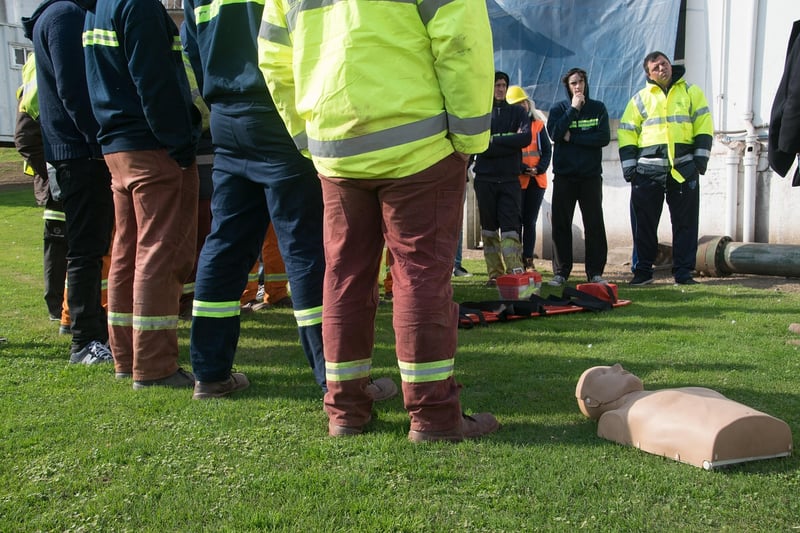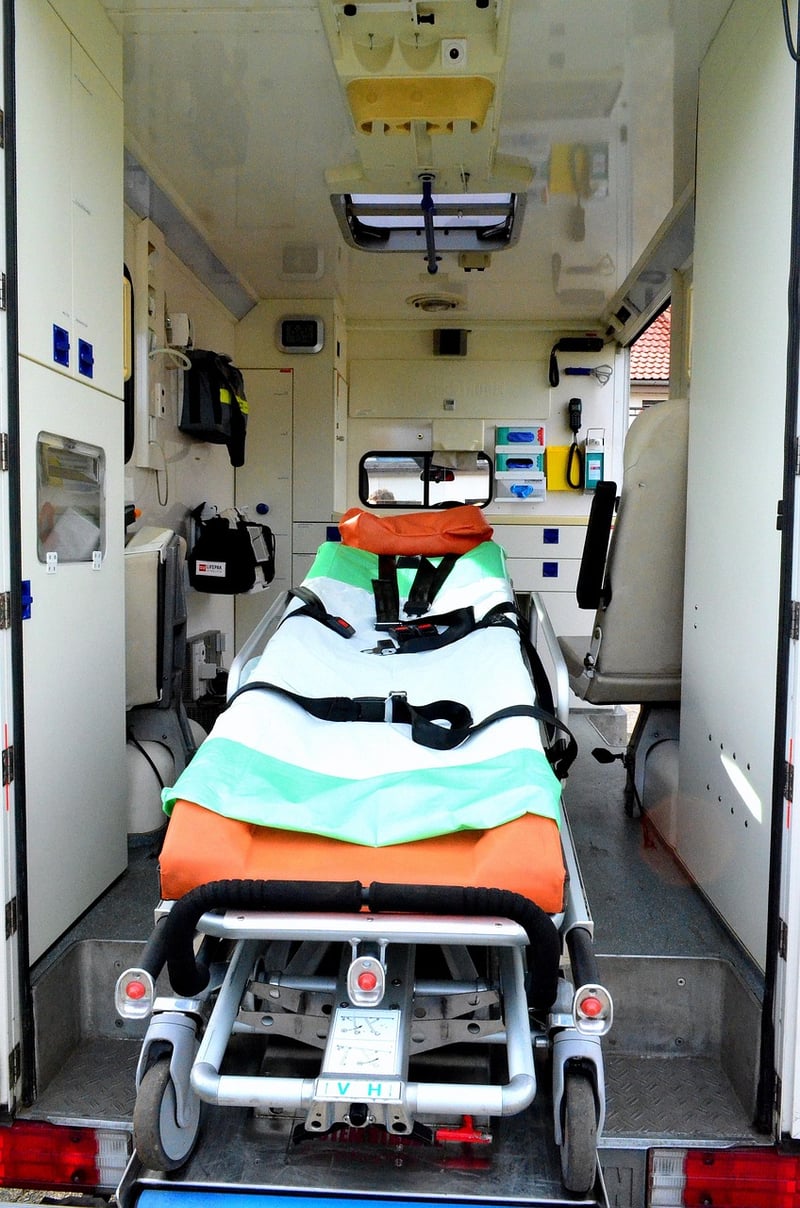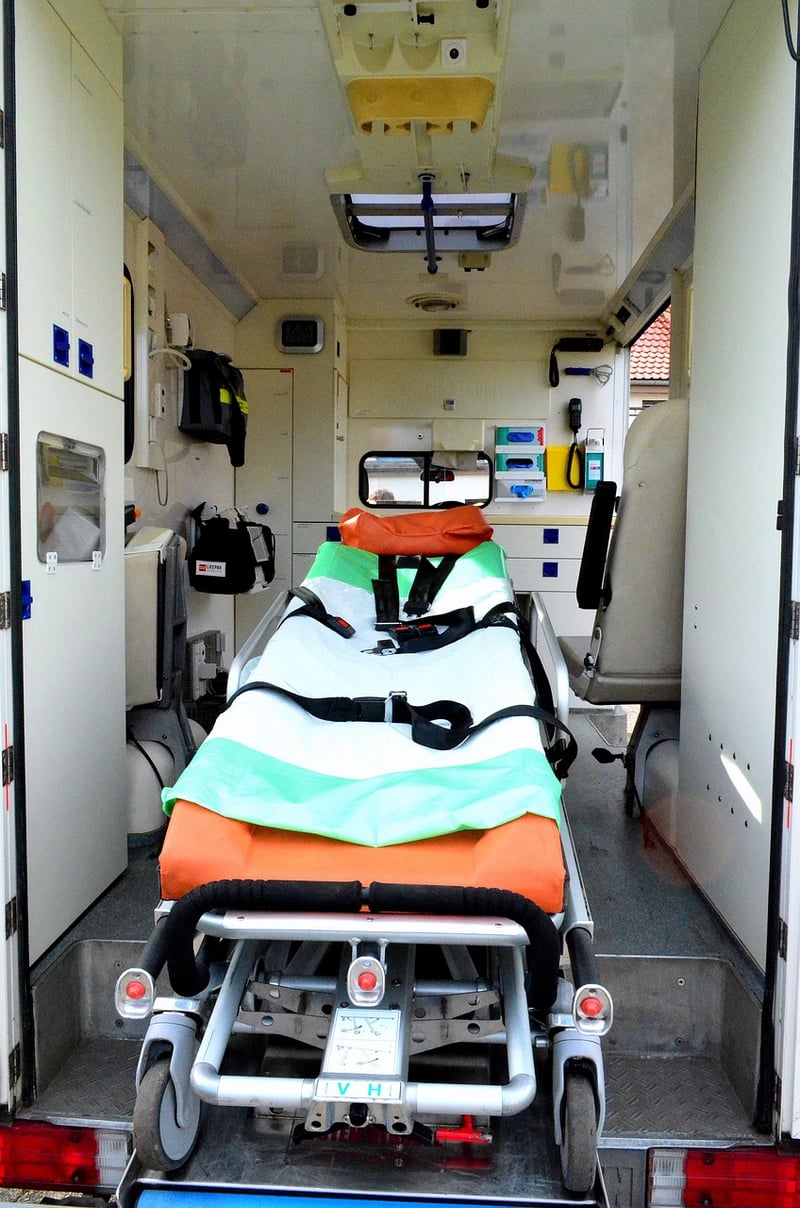First Aid Techniques
Prioritize Your Well-Being: First Aid Techniques
In our fast-paced world, it's crucial to prioritize your well-being and be prepared to handle emergencies. Understanding basic first aid techniques can make a significant difference in critical situations. Whether you're at home, work, or outdoors, having the knowledge to provide immediate care can save lives. Here are some essential first aid techniques to empower you to act confidently when faced with an emergency.
1. Cardiopulmonary Resuscitation (CPR)
CPR is a life-saving technique that is crucial in emergencies such as cardiac arrest or drowning. Knowing how to perform CPR can sustain a person's life until professional help arrives. Remember the basic steps: check responsiveness, call for help, perform chest compressions, and provide rescue breaths.
2. Heimlich Maneuver
The Heimlich maneuver is used to help a person who is choking on foreign objects obstructing the airway. By applying abdominal thrusts, you can dislodge the blockage and restore normal breathing. Be cautious and follow the correct technique to avoid causing harm.
3. Treating Minor Wounds
Minor cuts, scrapes, and burns are common injuries that can be treated at home with proper first aid. Clean the wound with soap and water, apply antiseptic, and cover it with a sterile bandage. Knowing how to address minor wounds can prevent infections and promote healing.
4. Managing Sprains and Strains
Sprains and strains are frequent injuries resulting from physical activities or accidents. Remember the RICE method – Rest, Ice, Compression, and Elevation – to alleviate pain and reduce swelling. Properly managing sprains and strains can speed up the recovery process.
5. Recognizing Stroke Symptoms
Being able to recognize the signs of a stroke is crucial for timely intervention. Remember the acronym FAST – Face drooping, Arm weakness, Speech difficulties, Time to call emergency services. Acting quickly when someone shows symptoms of a stroke can minimize the long-term impact.
By familiarizing yourself with these first aid techniques, you can be better prepared to handle emergencies and assist those in need. Remember, staying calm and acting promptly can make a significant difference in critical situations. Prioritize your well-being by equipping yourself with the knowledge and skills to respond effectively when it matters most.
Stay safe, stay informed, and empower yourself to be a proactive guardian of health and well-being!


